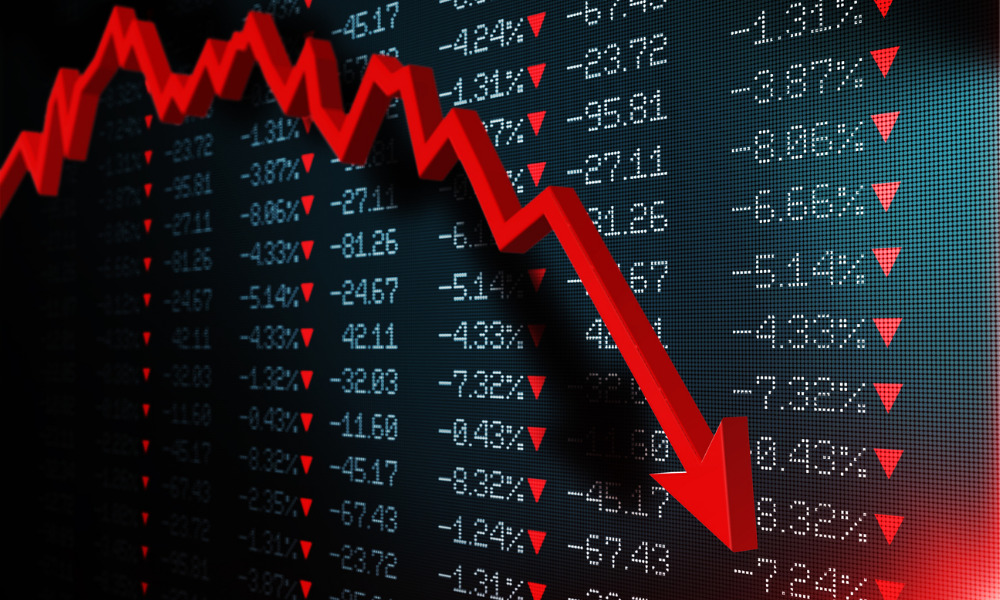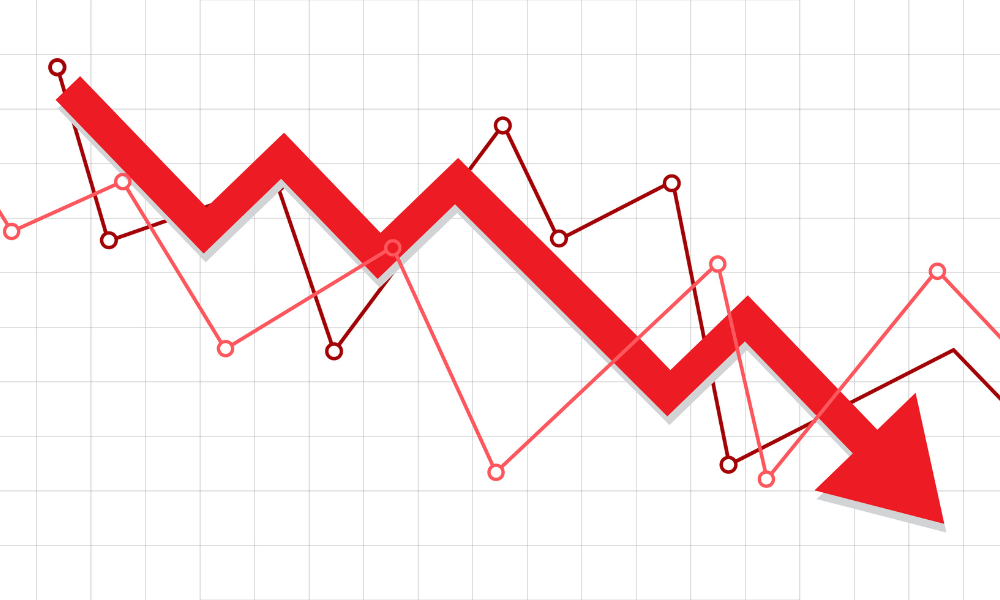Market declines as investors turn skittish on global recession, rising inflation, and higher interest rates

2022 has turned out to be a terrible year for many investors due to stock market declines fueled by worries about a global recession, rising inflation, and higher interest rates.
Furthermore, exchange traded funds that focus on disruptive, high-growth businesses have been hit particularly hard. Cathie Wood’s flagship Ark Innovation ETF, the poster child for such ETFs, has a paper loss for the year ending on September 28 of 64% in US dollars, reported the Financial Times.
The KraneShares CSI China Internet UCITS ETF, another growth investment, has suffered significantly from the share price problems of Alibaba and Tencent, resulting in a loss of 43% for the year ending on September 28.
Diversification offered by traditional index tracker funds is typically much higher than this. The struggles of the past year, however, serve as a reminder that even funds that are meant to be deliberately dispersed can still be overly exposed to a small number of large, popular companies and suffer when public sentiment turns against them.
Read more: Index fund investors may be taking on hidden risk
Trackers of the widely followed MSCI World index also appear vulnerable, given its substantial weighting to the US and the recently weakened tech giants. The so-called "Fanmag" stocks, which include Facebook owner Meta, Amazon, Netflix, Microsoft, Apple, and Google owner Alphabet, recently made up more than a fifth of the popular iShares Core S&P 500 UCITS ETF.
Funds created to reduce this concentration risk are currently experiencing a resurgence, according to the Times.
ETFs that rely less on tech giants and invest roughly equally in each of the shares that make up the S&P 500 have gained popularity. Additionally, emerging market ETFs that do not include the massive presence of Chinese stocks in regional indexes exist. Although such funds have so far performed well, they also carry some specific risks.
Read more: Could cutting China out be good for EM portfolios?
The popularity of quantitatively weighted S&P 500 trackers has increased on both sides of the Atlantic. After competitor Invesco introduced a similar product last year, BlackRock introduced its iShares S&P 500 Equal Weight UCITS ETF for the European market in August. Like Xtrackers, another fund of its kind was introduced in 2014, and as of the end of August, it had accumulated assets totaling more than £3 billion.
These funds significantly reduce the likelihood of being negatively impacted by a sell-off in big tech because even their most prominent holdings make up less than 0.3 per cent of their overall portfolios.
Equally weighed US equity funds might also seem a little bit more defensive, but they also carry their own risks.
Because China dominates emerging market indices, some investors might find it appealing to hold a China-specific fund in addition to products like an ex-China ETF. However, investors may also see risks in eschewing the market leaders, particularly in the US.



